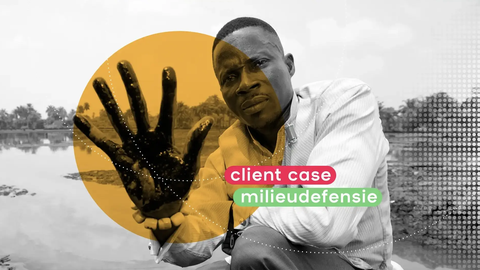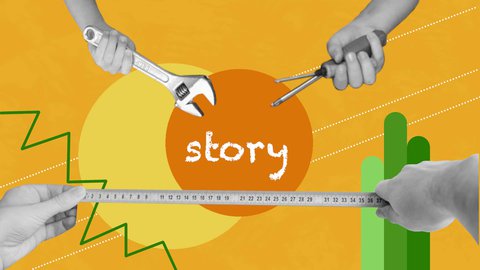What’s changed since you’ve started using smartocto Insights?
My data workflow hasn’t changed a lot, but I’ve found the automated reports to be really useful for our newsroom - I have three that are invaluable, and the one that highlights missed opportunities (articles) is particularly good.
- A daily report to check which topics we wrote about are most interesting to readers on a daily basis. These reports came in handy on the busier days, because we’re able to quickly explore which topics are hot, and immediately take them into consideration.
- A weekly report to show the performance of articles and authors during that week. These reports give us clear insights into our best performing articles and our top authors, which is great, because we missed this information before using smartocto.
- Missed opportunities. These reports come in handy on calmer days when we don’t have a lot to publish, because it enables us to lean on republishing those articles which have already proved to have potential on social media.
The other change is that now we use CPI, which has been really useful. This has taught us that simply looking at ‘article reads’ doesn’t give us the insights we need, because in itself it isn’t a very valuable metric. We’re now able to use CPI to generate reports of the best articles and writers. Those are really easy to understand and very straightforward.
What do you do with your metrics now when things go badly - or particularly well?
When things go badly, we’re able to now see the missed opportunities with articles and evergreen content, and we’re able to publish again - and maybe differently. We can also generate good investigative reports.
And if things go well, we’re able to see readers’ preferred topics, which we can then use to help plan future content.
What advice have you got for embracing a data-oriented culture in newsrooms?
Know what you need from the data, before you start working on it. You need a well-defined target. If you start collecting data without this, you won’t know what to collect. Having a clear objective means your working time will be reduced.



